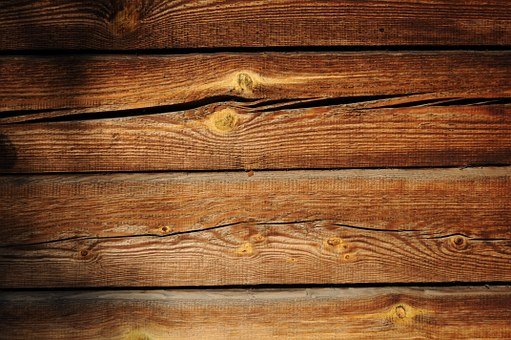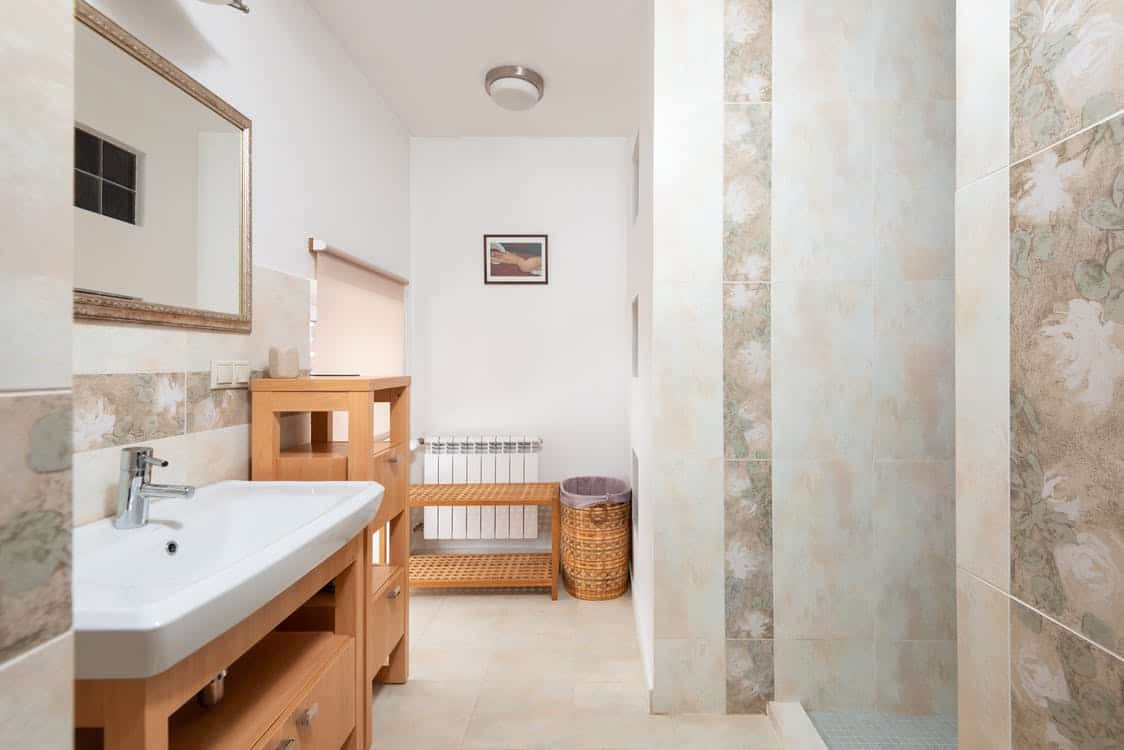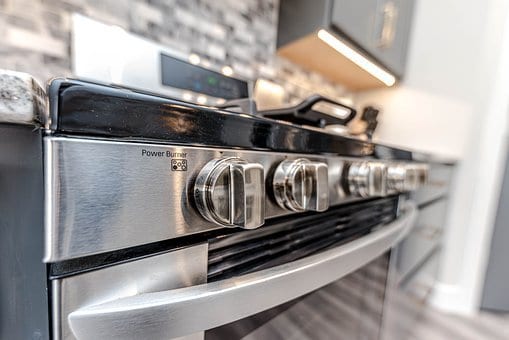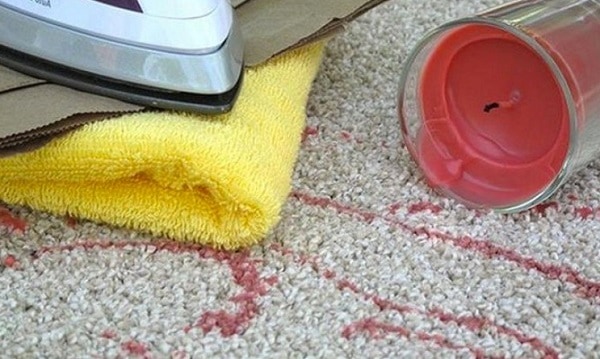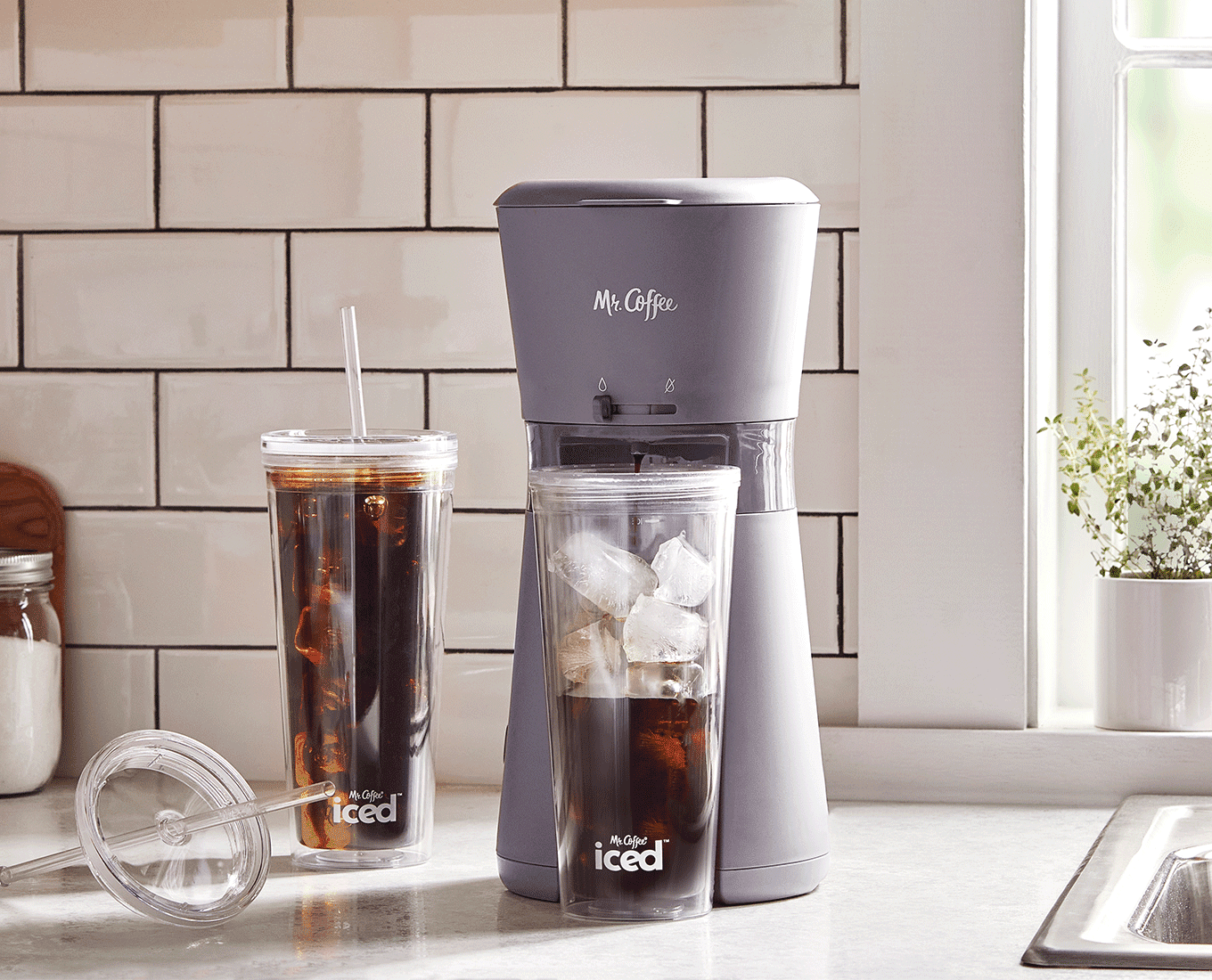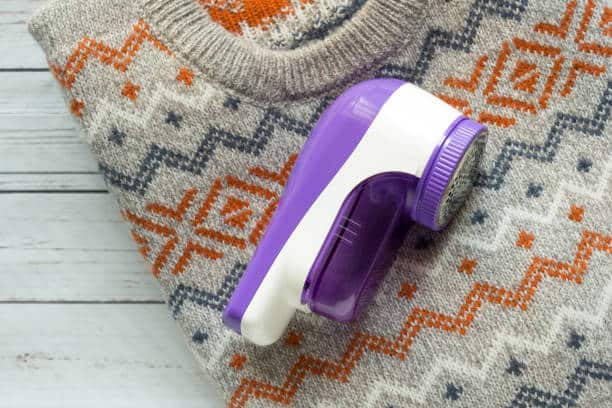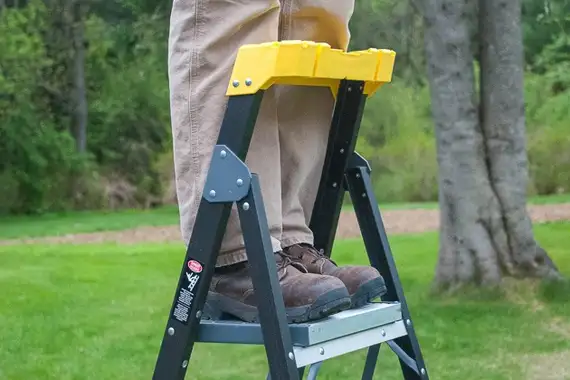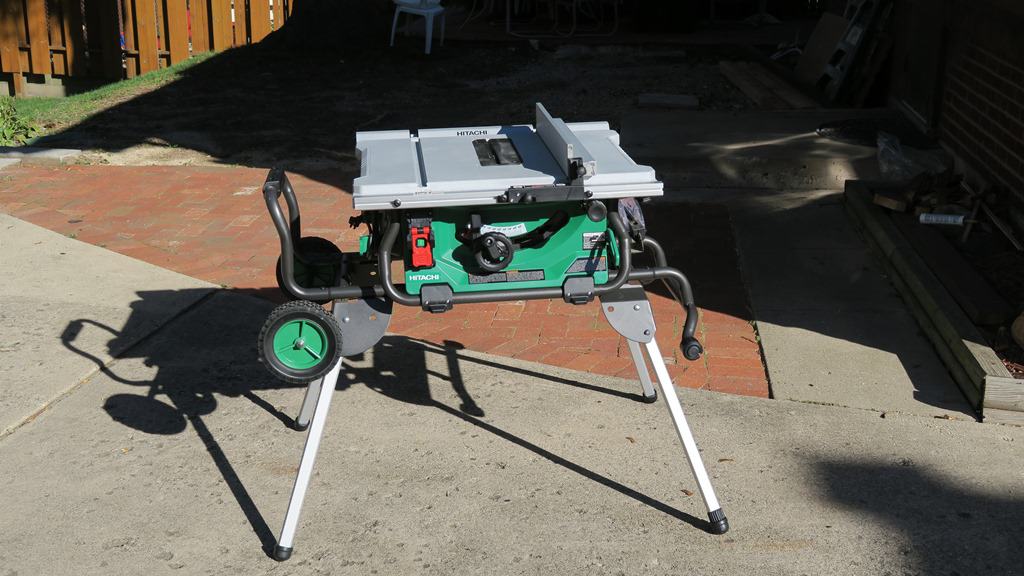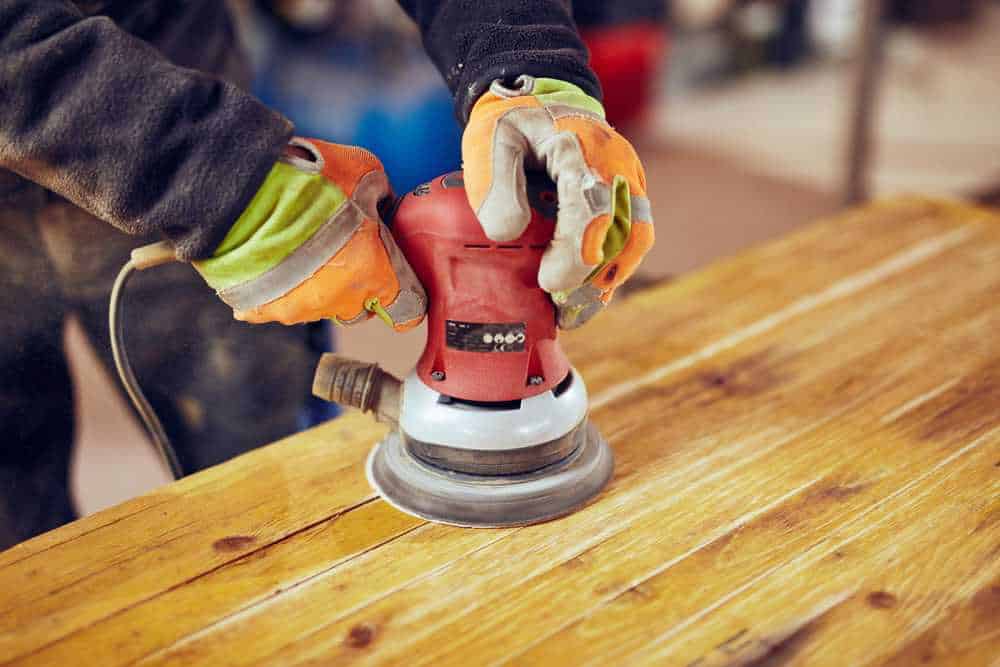Wood stain adds character to furniture and hardwood floors. However, time has a toll on everything, including wood stain and paint. It might be a bit difficult to find a good wood stain remover when it is time to renew the wooden surfaces in your home because there are many options to choose from. Here are our top fives for the best wood stain remover to bring back life to your furniture and wooden surfaces.
Best Wood Stain Remover
1. Sunnyside Paint and Varnish Remover
- New, safer formula is methylene chloride free
- Fast acting liquid remover designed to remove multiple layers of...
- Use for detailed stripping on wood, metal, masonry, marine and...
- Will remove latex and oil based paint, lacquer, shellac, varnish,...
- Strips up to 25 square feet / gallon
Sunnyside Paint stripper is the safest formula in the market since 1893. The stain remover is methylene and chloride-free to have you, and the wood protected at all times during the process. In addition, the paint remover is fast-acting and designed to eliminate multiple layers of stain or paint with just one application. All you need is two minutes to get the job done.
Sunnyside is a detailed stripper that can remove all kinds of stains from any surface, including metal, masonry, marine, and vehicles. The multipurpose nature makes the Stripper a buy to save you money and time, which is valuable.
Sunnyside stripper will remove oil-based paint, latex, varnish, epoxy, polyurethane, shellac, and lacquer. One gallon of Sunnyside wood stain remover can clean up to 25 square feet of the wood surface.
Pros:
Cons:
2. MAX Strip Paint and Varnish Stripper
- Does NOT contain toxic chemicals like Methylene Chloride and NMP!
- Convenient easy to use no drip gel
- No harsh fumes or unpleasant odor
- Non-caustic and low volatile organic compound formula
- Cleans up with just water
When the time comes to remove stains from wood, the first thing to consider is your workspace. However, not everyone has the luxury of a backyard to carry things outside and work in an open space. Also, if you were to remove wood stain from a wooden floor, you will have no choice but to work indoors. MAX strip has got you back.
MAX Strip is the best wood stain remover that has no fumes when stripping wood, making it the ideal remover when working indoors. In addition, the formula is methylene chloride-free and does not contain NMP. As a result, no unpleasant odor will come your way at all costs making the Stripper your safe bet to use in the house.
MAX strip is a low volatile, non-caustic organic compound formula. The Stripper is easy to use to remove paint and varnish because of its no-drip gel nature. After stripping the wood of its stain, you can use water to clean up the Stripper from the wood surface.
Pros:
Cons:
3. D Super-Remover Paint Stripper
- STRONG: The strongest paint remover available without methylene...
- SAFER: This revolutionary, patent pending, new stripper works...
- FAST: Ultra fast action. Works in 15 minutes for most stripping...
- VERSATILE: Removes oil paints, latex paints, varnishes, epoxies,...
- EXPERTISE: Super Remover has been manufacturing high quality...
When working with chemicals and highly volatile formulas, the one thing that comes first is safety. D Super Remover is a patent-pending formula that uses safe ingredients to bring a natural finish to furniture. The solvent is water-cleanable and could easily be the safest Stripper you can find in the market.
D Super-Remover is strong enough to remove the toughest stains you can ever find while at the same time staying methylene-chloride free. As a result, no toxic fumes will come out of the formula as you clean your deck or other wooden surfaces. In addition, the formula is water cleanable after clearing the surfaces.
The paint stripper is fast-acting and can remove paint in one go. Fifteen minutes is mostly all you need on any given day to get a project done. You can remove up to five layers with only one application at any given time. The Stripper is versatile and removes almost all kinds of stains, including latex, varnish paints, epoxies, shellacs, lacquers, and polyurethanes.
Pros:
Cons:
4. Sunnyside Multi-Strip Advanced Remover
- Safer professional paint and varnish remover; formulated with no...
- Capable of removing up to 15 layers of paint, varnish, stain,...
- Apply a light coat to remove 1-4 layers; a heavier coat will...
- Apply with a brush, medium sized nap paint roller, or putty...
- Will adhere to vertical surfaces; use on interior or exterior...
Fifteen layers of paint or varnish seem impossible to remove at one go until you put your hands on a Sunnyside remover. The wood stain remover begins working after 30 minutes and is formulated with no methylene-chloride. As a result, the formula is safe for use as a wood stripper without working outdoors.
Sunnyside is well known among woodworkers and is your best bet towards getting a clean and good-looking finish on your furniture. Everything you need to do is apply a light coat to remove up to 4 layers. Then, when you apply a heavier coat, you can use a stripping tool to remove the coats.
The wood stain remover will adhere to vertical surfaces, both interior, and exterior. You can use a brush roll to apply the remover from any surface. The formula will work on tougher stains like two-part epoxy and urethane.
Pros:
Cons:
5. Dumond paint Strip Gel.
- Removes 20+ Layers of Paint & Coatings – Professional Strength...
- Non-Drip Citrus Formula – Clings to the surface. Citrus Lime...
- Effective & Safe for use in Sall Spaces – Fume Free, Water...
- Made in the USA - Highly effective paint remover, engineered for...
- Satisfaction Guarantee – If for any reason you’re not...
We live indoors. Therefore, most of the things we use are indoors most of the time. A good wood stain remover should be usable both indoors and outdoors in every season of the year. Dumond wood stain remover does not have fumes and instead has a lemon aroma satisfying to inhale.
The wood stain remover can remove up to 20 layers of paint or varnish, which is an incredible feature compared to other removers. Every piece of furniture will get its life back with the Dumond paint strip. Wood furniture in confined spaces is not left out either as the Stripper does not release any fumes as you use it.
Trying to remove 20 layers is not easy to visualize, but you can see it happen right before your eyes with Dumond wood stain remover.
Pros:
Cons:
How to Remove Wood Stain
Things you need
- The best wood stain remover
- Drop cloth
- Chemical resistant gloves
- Plastic scraper
- Safety glasses
- Medium grit sandpaper
- Electric hand-sander
- Fine-grit sand paper
Step 1: Prepare Workspace
Paint and varnish removers are volatile and release fumes into the air that irritate the eyes and nose. Instead, find a workspace in an open place with free-flowing air and shade. If it is furniture that can be carried outside, the better. If not, ensure the room is well ventilated, and all the windows are open.
Dress up and put your glasses on. Wear chemical-resistant gloves because the formulas are made up of compounds that can cause skin irritation. Ensure there is no kid or pet around when working on a project to protect them from ingesting any poisonous substances. Put on a long sleeve shirt, longer pants, and closed-toe shoes.
Lay down a drop cloth to keep your workstation clean and neat once you are done.
Step 2: Organize Yourself
Prepare a work plan. It would help if you started somewhere to save time and energy. Volatile substances get vaporized easily, and therefore you need to work fast and efficiently. Prepare your materials and place them on a reachable surface for easy access.
A stain remover should always stay close to avoid evaporating or releasing dangerous fumes into the atmosphere. The best wood stain remover has no odor, and an aroma would be an added advantage.
Step 3: Pour the Remover Insider a Small Container
A stain stripper is a corrosive substance. Therefore, find a container with a surface that the most corrosive substances can not corrupt. For example, an aluminum pan or a metal pan will withstand a lot of substances. Stain removers will do just fine in these containers. The container takes care of the gel or fluid to prevent any spillage.
Step 4: Apply Stripper
Apply a thick layer of stain remover on the surface of the wood as you wait for it to set before stripping the stain. If the surface of the wood is too large, work on one area at a time. Keep the layer even and thick across the surface for an even outcome.
Depending on the instructions, you might end up applying a thin layer of the Stripper when removing the wood stain. Strippers mostly come in a gel form and can be applied easily without trying to keep the solution even.
When applying on a vertical surface, try and work the surface as fast as possible to ensure the surface holds as you wait for the solution to take effect.
Step 5: Soak
The stain remover needs to soak for at least 20 minutes. If the layers of the paint or stains are more, let the Stripper sit for long as you wait for the solution to take effect. Stain removers react with paint or varnish. Hence the reaction process should be allowed.
Apply more Stripper if you notice a dry surface to ensure the stain is fully removed.
Step 6: Scrape the Stripper
Once the stain remover is dry, use a plastic scrape to remove the stripped varnish or paint off the surface of the wood. Start from the edge and gently push the Stripper on a straight line. Push the scraper along the direction of the grain to avoid splinters forming on the surface of the wood.
Ensure all the stain stripper is removed off the surface of the wood before washing the surface.
Step 7: Wipe Down
Once you scrape, put the varnish, and the stain removers, the surface of the wood needs to be clean. Dip a steel-wool pad in the stain remover and wipe the surface. Once all the debris is removed off the wood, use a wet rag to wipe down the wooden surface to remove a stain that might have remained.
Let the piece of wood dry for 24 hours before sanding the surface.
Step 8: Sand the Surface
Use medium-grit sandpaper to sand the surface of the wood once the wooden surface is dry. If you are working on a slightly larger surface, use an electric hand sander for sanding the wood surface. Ensure all traces of varnish and stain are removed before you do anything else on the wooden surface. Always wear glasses to prevent small particles from getting into your eyes.
Apply adequate pressure on the surface of the wood as you sand it. Once you are done, the raw wood beneath should remain exposed to the surface.
Follow up the process with fine grain sand to give the surface a finer touch. Fine-sanding removes any scratches that might have been a result of the large grain sander. Next, wipe down the surface using a clean, damp rug to remove the wood particles. The wooden surface is now ready for a new stain or varnish.
Safety Tips
- Wear protective glasses to keep wood dust or remove fumes from getting into your eyes.
- Wear chemical-resistant safety gloves to prevent any skin irritation when working with the solutions. The surface of the wood will be coarse and might lead to blistering.
- Wear a long-sleeved shirt to protect your skin against irritation by the solutions.
- Wear closed shoes to protect your feet in case of any spillage when you are working with the varnish strippers.
- Wear long pants to protect you against any spillage.
- Ensure no kids or pets near your workplace ensure no one gets intoxicated by the fumes. The varnish might be poisonous if ingested and might lead to a medical emergency.
- Ensure you are working in a well-ventilated area to prevent suffocation or inhalation of fumes that could be harmful to your respiratory health.
- Remove stain from wood in a place far away from food and cutlery.

